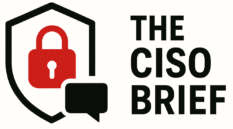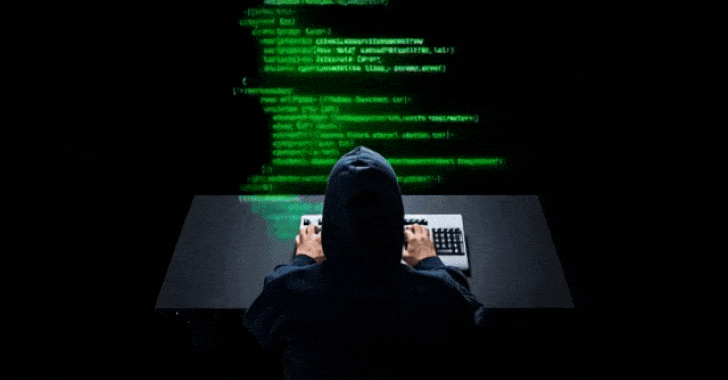Fast Facts
-
Malware Development and Security Breaches: OpenAI banned ChatGPT accounts linked to Russian-speaking threat actors and Chinese hacking groups that used AI to enhance malware capabilities, including developing Windows malware and automating social media.
-
ScopeCreep Campaign: The Russian threat actor’s malware campaign, dubbed ScopeCreep, involved creating trojanized software that escalates privileges, avoids detection, and exfiltrates sensitive data, using techniques like PowerShell obfuscation and DLL side-loading.
-
Chinese Hacking Activities: Accounts associated with Chinese groups engaged in activities like open-source research, FTP server brute-forcing, and developing scripts for social media automation, exploiting AI for infrastructure setup and penetration testing.
- Wider Global Abuse of AI: Various nefarious campaigns linked to multiple nations, including North Korea and Iran, utilized OpenAI models to create deceptive job applications, political content, and social engineering tactics, highlighting the risks of AI in malicious activities.
Key Challenge
OpenAI recently uncovered a widespread misuse of its ChatGPT platform by various threat actor groups—specifically, Russian-speaking operatives and two Chinese state-sponsored hacking factions. These actors leveraged the AI tool to develop malicious software, including a Go-based malware campaign dubbed “ScopeCreep,” which involved refining Windows malware and setting up command-and-control infrastructure. The Russian group demonstrated advanced operational security by creating transient accounts for a single-use purpose: incrementally improving their malicious code before discarding the accounts. This malware, masquerading as a legitimate tool, could stealthily harvest sensitive data and communicate with the threat actors through platforms like Telegram.
In addition to the Russian threat actors, Chinese groups exploited OpenAI’s models for open-source research, software development, and malicious activities, including crafting brute-force scripts for FTP server infiltrations. They used ChatGPT for extensive social media content generation aimed at influencing public opinion or conducting geopolitical operations. OpenAI’s detailed threat intelligence report highlights both a sophisticated understanding of various technological landscapes by these threat actors and the alarming potential for AI tools to be weaponized. The findings underscore the vital importance of vigilance in cybersecurity to combat these emerging threats.
Critical Concerns
The recent revelations from OpenAI regarding the misuse of its technology by various threat actors—including Russian and Chinese hacker groups—underscore a significant risk to multiple sectors, as compromised systems may lead to extensive breaches of organizational data security. Should businesses, users, or organizations inadvertently fall victim to similar attacks, they face potential operational disruptions, financial losses from data theft, and irreparable reputational damage. Moreover, the proliferation of AI-assisted malware can create a cascading effect; as susceptible systems propagate the malware further, it invites heightened scrutiny and regulatory backlash across industries. Ultimately, the ability of these adversaries to refine their techniques with the aid of AI raises the stakes for cybersecurity, necessitating a proactive stance in safeguarding against multifaceted threats that could exploit vulnerabilities across the digital landscape.
Possible Next Steps
In the rapidly evolving landscape of cybersecurity, the necessity for prompt remediation cannot be overstated, particularly concerning the banning of ChatGPT accounts linked to malign actor groups such as those from Russia, Iran, and China. Timely action not only safeguards digital ecosystems but also ensures compliance with broader security frameworks.
Mitigation Measures
- User Account Auditing: Regularly review account activities for suspicious patterns.
- Enhanced Authentication Protocols: Implement multi-factor authentication to fortify access points.
- Threat Intelligence Sharing: Collaborate with cybersecurity organizations to stay informed about emerging threats.
- User Education and Awareness: Conduct training sessions to enlighten users regarding phishing and other social engineering tactics.
- Legal and Policy Reviews: Periodically assess and update policies regarding user accounts and data handling, ensuring alignment with international sanctions and regulations.
NIST CSF Guidance
The NIST Cybersecurity Framework (CSF) emphasizes the importance of risk management and incident response in such situations. Refer to NIST SP 800-61, which provides comprehensive guidance on incident handling and response strategies. This document outlines a structured approach to managing incidents effectively, ensuring minimized impact and swift recuperation.
Advance Your Cyber Knowledge
Explore career growth and education via Careers & Learning, or dive into Compliance essentials.
Learn more about global cybersecurity standards through the NIST Cybersecurity Framework.
Disclaimer: The information provided may not always be accurate or up to date. Please do your own research, as the cybersecurity landscape evolves rapidly. Intended for secondary references purposes only.
Cyberattacks-V1

